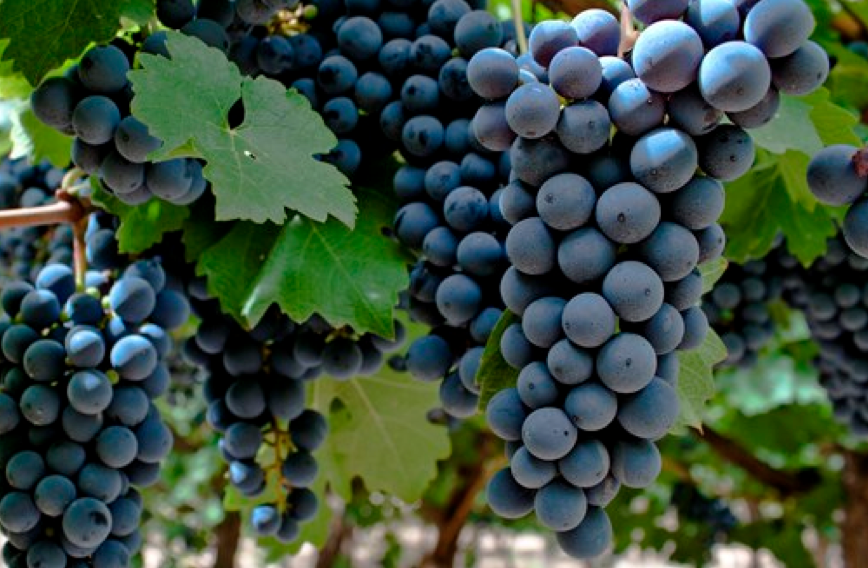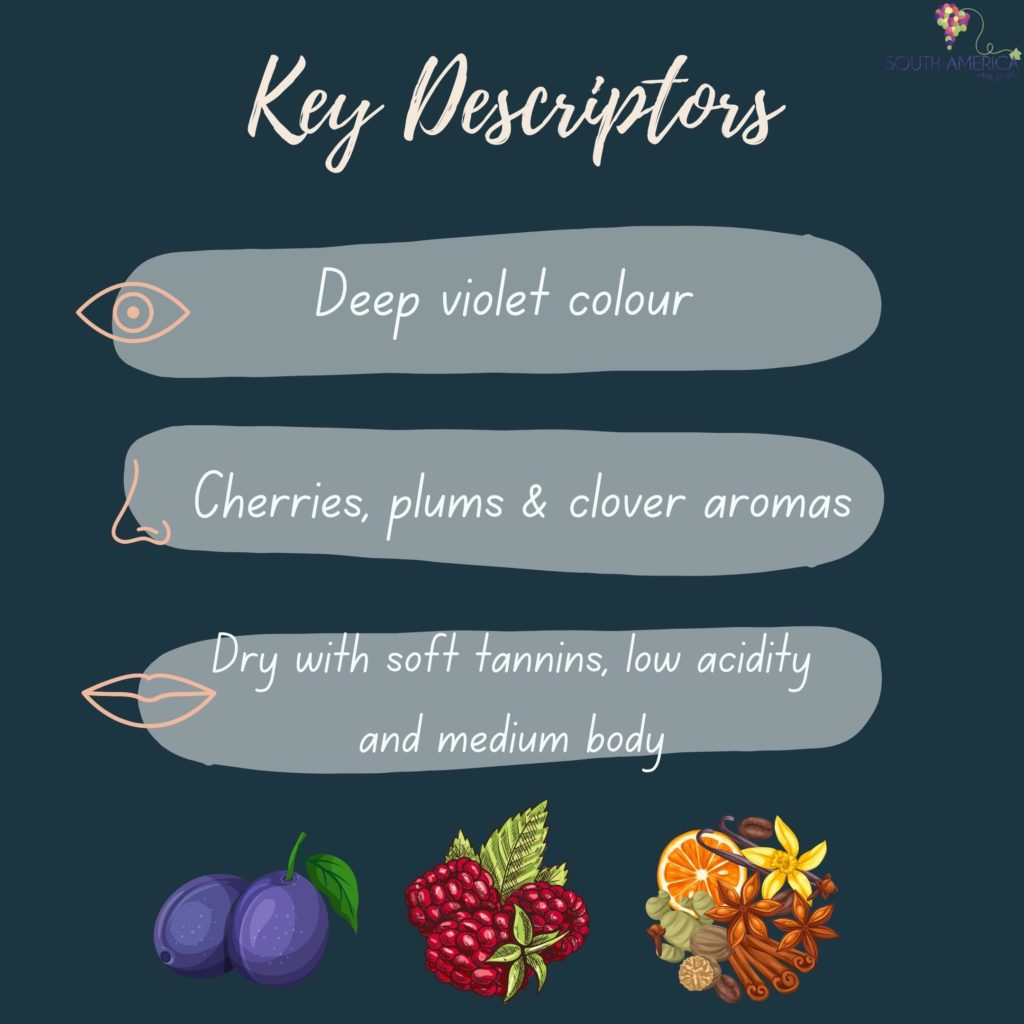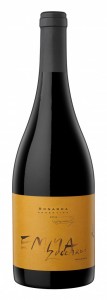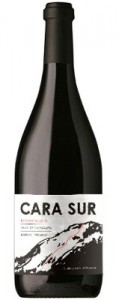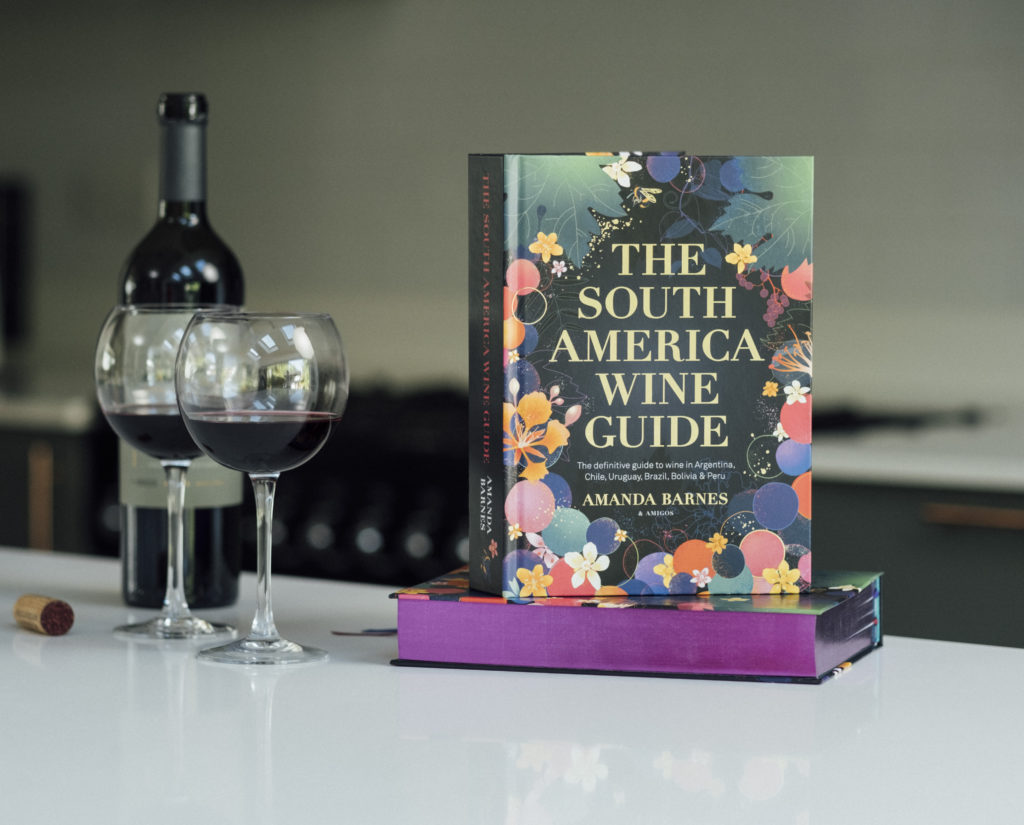It might be a tricky one to pronounce at first, but get your lips around an Argentine Bonarda and you’ll find one of Argentina’s most versatile and easy-drinking red varieties. Not to be confused with Bonarda Piemontese from Italy, this variety is Italian but in Europe, it is more commonly known by its French name, Douce Noir.
Bonarda guide
History of Bonarda
Bonarda in Argentina
Bonarda wines in the glass
Top three Bonardaphiles
Best Bonarda wines to try from Argentina
The essential Bonarda wine guide
Hectares planted of Bonarda in Argentina
18,304 hectares
Key descriptors of Bonarda
Deep purple colour. Aromas of red fruit (cherries, plums) & cloves. Dry with soft tannins (low), soft acidity (low) and medium body
Bonarda winemaking styles
A very versatile variety used in range of winemaking styles. Traditional red styles are lightly oaked (6 to 12 months) and have moderate alcohol levels (13%), while new styles range from fresh, carbonic maceration red wines with no oak to sparkling white, rosé or red wines (traditional and tank method). Monovarietals and blends.
The history of Bonarda – from Italy, via France, to Argentina
Bonarda is believed to have originated in the Savoie region in the 18th century, when the Savoie was in fact under Italian rule, rather than being part of France as it is today. Although it spread to some other wine regions of Italy and France, it is in the Savoie where it was most widely planted in Europe – becoming one of the most important grape varieties for the region at the end of the 19th century. It was also planted in the Jura, where it is known as Corbeau.
Although Bonarda was historically grown in France, it became a much-maligned variety during the 20th century and almost disappeared. “In 1958 it was prohibited in France, and all 500 hectares of the Bonarda vines were pulled out,” says Argentine winemaker Roberto González who has been making Bonarda at Nieto Senitener since 1991. “But while it disappeared in Europe it was being planted widely in Argentina.”
Although its origins lie outside of Argentina, Bonarda is, by all means, an Argentine grape. Once the most widely planted red grape variety in the country, it is now the second most planted as Malbec has pipped it to the post.
Today Argentina claims the lion’s share of Bonarda plantings, with over 85% of the world’s Bonarda vineyards. You’ll also find some in the United States, where it is called Charbono, which claims the second-most plantings, followed by small plantings in Italy and a small re-emergence in France.
The Bonarda boom in Argentina
The variety probably came to Argentina with Italian immigrants towards the end of the 19th century and it was commonly confused with Barbera and also called Gattinara (after a different Bonarda grape variety, Bonarda Piemontese, which is found in Italy’s Piedmont region). In 2011, the INV officially renamed the variety ‘Bonarda Argentina’ to avoid further misnomers.
Low in alcohol, tannin and acidity, it is an easy variety to blend with other wines in order to build up the volume, but it doesn’t over-dominate the blend. It’s a poorly kept secret that most winemakers will blend up to 15% Bonarda into their mid- range and entry-level Malbec wines, and still sell it as varietal Malbec (permitted when at least 85% is Malbec). Adding Bonarda is also helpful for lowering the alcohol of Malbec in a warm vintage, and Bonarda’s naturally deep colour means the blend doesn’t appear dilute.
Despite these assets, there’s a caveat to Bonarda’s big production — it doesn’t ripen very easily and requires long hang time to reach phenolic maturation, making it problematic in cooler regions and quite demanding in the vineyard. For this reason, Bonarda does best in the warmer regions of Eastern Mendoza, which is why San Martín now claims the lion’s share of the variety. It can also perform very well at high-altitude locations with their intense sunshine, and there are some notable Bonarda wines from high- altitude regions in the Calchaquí Valleys, San Juan and Mendoza.
Fortunately Bonarda is a versatile variety and dozens of producers are taking up the mantle of promoting Bonarda in very different ways— ranging from making juicy, Beaujolais-style, carbonic-maceration red wines through to delicate and aromatic sparkling white (Blanc de Noir) wines.
When made well, its supple and succulent fruit character make it very approachable and enjoyable for new consumers too. In fact, whenever I am introducing new wine drinkers to Argentine wines, nine times out of ten Bonarda is their favourite. It’s definitely one of my favourite summertime reds in Argentina.
Bonarda wines in the glass
Aromas and characteristics can range from lighter-bodied, juicy and fruit-forward wines with lots of cherry and plum aromas, to concentrated wines with dense fruit and often jammy characteristics. Higher altitude plantings often show certain herbal characteristics and rose aromas, whereas oak aging can produce heavier chocolate and leather aromas. The tannins and acidity are also impacted quite significantly by the location of planting and – very importantly – the harvest time.
Top three Bonardaphiles
COLONIA LAS LIEBRES
This spin-off brand of Altos Las Hormigas is focused on Bonarda and makes fresh, juicy and great value Bonarda reds along with an excellent traditional method rosé bubbly, a fresh pet nat, and even a sparkling red (named Brusca in ode to its Italian inspiration).
NIETO SENETINER
One of the major Bonarda advocates in Argentina since the late 1990s, Nieto Senetiner has come out with a fab range of single-vineyard Bonarda wines, as well as a top traditional method sparkling Blanc de Noir wine with several years on the lees.
PASSIONATE WINE
Innovative winemaker Matías Michelini has been making a Beaujolais-style Bonarda using carbonic maceration for a decade. Bonarda Pura is the name and sharing a couple of chilled bottles over lunch is the game.
OTHER FAVOURITE PRODUCERS
El Enemigo, Durigutti, Paso a Paso, Cara Sur, Zuccardi, Dante Robino, Zorzal, Sophenia
Best Bonarda wines to try from Argentina
Classic Bonarda: Best Bonarda wines to get to grips with the variety
MATIAS RICCITELLI, The Apple Doesn’t Fall Far From the Tree Bonarda
Coming from an old vineyard in Vistalba, this fruit-driven and simple Bonarda has a mintiness to the nose and an appealing fresh finish.
ALTOS LAS HORMIGAS, Colonia Las Liebres Reserva Bonarda
Altos Las Hormigas was one of the original makers of export-quality single-varietal Bonarda (under their sister label, Colonia Las Liebres), and this – their Reserva level – is a step up. Bright and ripe red fruits with a hint of rose and black pepper, this is a juicy wine with some nerve and acidity.
ZUCCARDI, Emma Bonarda
A silky Bonarda with aromas reminiscent of a fresh forest – herbal and fruity – with a voluptuous mouth, coming from a blend of vineyards mainly in the Uco Valley. Keep your eye out for the single-vineyard Altamira Bonarda coming soon!
EGGO BY ZORZAL, Bonaparte Bonarda
Bonarda on another level. With an almost ashy nose at the beginning it blows off into a full red fruit wine with crisp cranberry and some forest fruits with a lovely long finish. Stylish.
NIETO SENETINER, Single-Vineyard Bonarda series
In 2019 Nieto Senetiner launched a series of three single-vineyard Bonarda wines from Lavalle, Lujan de Cuyo and the Uco Valley. This is a really interesting range of classic Bonarda wines which show the difference in the different terroirs of Mendoza. Read our tasting notes.
Bonarda with Bite… Unique Bonarda wines for a different expression
CARA SUR, Cara Sur Bonarda
Taken from the heights of Barreal, this Bonarda is fresh and fruit – great crunch and lively acidity. Chill this and enjoy it on a Summer’s afternoon.
PASSIONATE WINE, Bonarda Pura
A carbonic maceration Bonarda that hits a more Beaujolais-style and comes from Matias Michelini an advocate of low-alcohol, high-acid wines. Drink it chilled, and enjoy the refreshing finish.
BODEGA ALEANNA, El Enemigo Bonarda
An intense and spiky Bonarda. Super aromatic and a more challenging, but fun, mouth feel that is blended with a dash of Cabernet Franc.
PASO A PASO, Bonarda Vino de Garage
Bonarda from a cool climate. This is a peppery Bonarda which comes from an old parral of Bonarda vines from higher altitude vineyard in El Cepillo. Partly made with the grape stems, this is a leaner style of fresh wine.
Bonarda with Bubbles… The potential of sparkling Bonarda wines
ZUCCARDI, Alma 4 Bonarda (sparkling red)
One of winemaker Sebastian Zuccardi’s first experiments, a sparkling Bonarda in all its red glory. Intense, fruity and fun!
ALTO LAS HORMIGAS, Colonia Las Liebres Brut Nature
A pale pink bubbly, this shows another side to Bonarda: delicate, fizzy and with lovely crisp Cranberry notes. The winemaking team at Colonia Las Liebres is also now making a sparkling red Bonarda, under crown cap – another exciting sparkling Bonarda edition to the growing family!
NIETO SENETINER, Brut Nature
This Blanc de Noir from Bonarda spends one year on the lees and is made in the champenoise method picking up rich yeasty notes of brioche and pastry while retaining the deep red fruit notes of Bonarda. Delicious and more austere style of Bonarda bubbles.
Want to know more about Bonarda
and the wines of Argentina?
ORDER YOUR COPY of The South America Wine Guide now!
E-book AVAILABLE ONLINE too.

